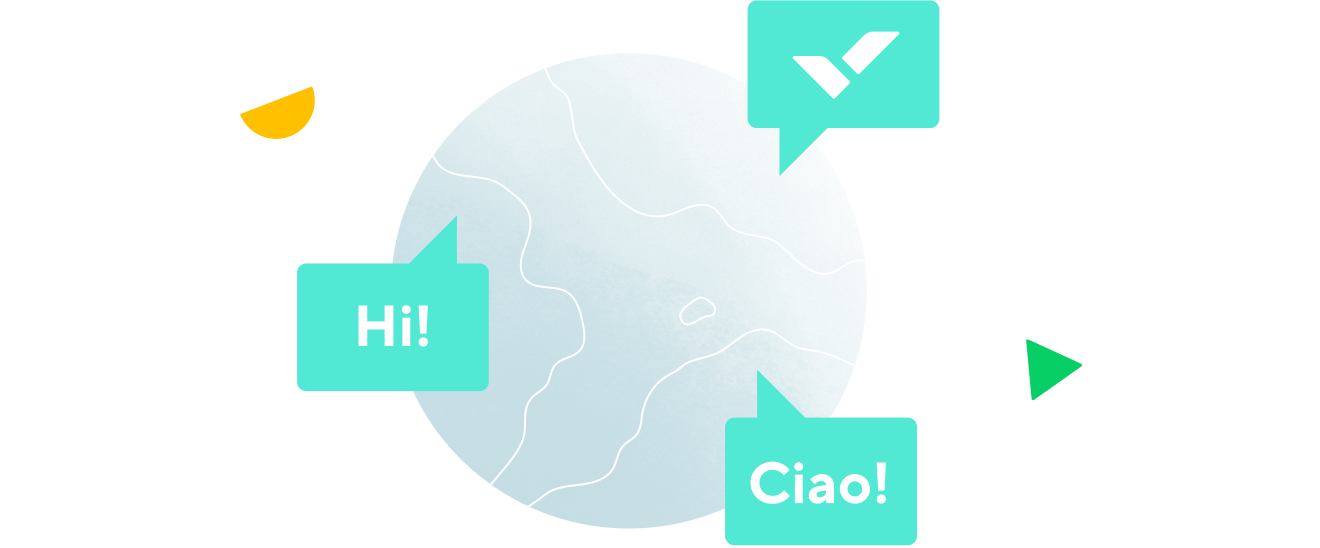How to Use a Gantt Chart for Project Management
How to Use a Gantt Chart for Project Management
A Gantt chart is a popular project management tool that provides a visual of what needs to be done and when. Gantt charts are excellent for tracking project schedules because they help you see interdependencies between tasks — in other words, when one task relies on another to be completed. Gantt charts can also be used to show progress, resources, constraints, and other relevant scheduling information.
How to build a Gantt chart for project management
It’s easiest to set up, update, and manage a Gantt chart using a project scheduling tool that allows you to link tasks and deadlines that are dependent on one another. When working in an effective project scheduling tool, moving or updating the timeline or progress on one task will automatically update any interdependent tasks. This function saves you time and reduces the likelihood of your team missing something important.
If necessary, you can create a manual Gantt chart in a spreadsheet by following these steps:
- Identify all your essential project tasks. Make a list of what needs to be completed and how long you expect each task to take.
- Identify the relationships between the tasks. For example, you can’t post content on your website until the content is written, so these two tasks are related. One needs to be completed before the other can begin.
- Put all your tasks in order of timeline in your software or spreadsheet. Begin with your starting task, and end with the activity that completes the project. Everything else can fit in the middle based on relationships and your resources, availability, etc.
- At this point, you can add dates, resources, and progress (if the project is already underway). You can also input any other relevant information you want to track.
- If you’re using project management software, it will automatically create a chart for you. Using a spreadsheet, you will have to create and format a chart manually.
- Once your chart is created, remember to update it as things change. It’s important to review your chart at least once a week to reflect progress and other changes to your project.
Aspects of a good Gantt chart
A Gantt chart should include all of the following data points:
- The project start date
- The name or description of each project task
- Resources assigned to each task
- A start and end date for every task
- The duration (length) of every task
- The relationship between tasks
- The project end date
All tasks should be connected. A task with no relationships or dependencies may be referred to as a hanging or orphaned task. Orphaned tasks are against PMBOK standards as they can complicate planning and analysis. However, it is possible to have multiple groups of coinciding tasks. There are four types of relations or dependencies to choose from:
- Finish to Start (FS): One task must be completed before the next can start. This relationship is the most common option.
- Start to Start (SS): In this case, several tasks can begin simultaneously. Think of a housing project, for example — once you start putting up the drywall, someone else can begin painting. There’s no need for the whole house to be drywalled before beginning to paint the first room.
- Finish to Finish (FF): In some cases, a task cannot end until the previous one is completed. For example, the inspection of a house cannot be done until the house is fully built.
- Start to Finish (SF): This is the least common task relationship, where one task cannot end until another is started. Shift work is a good example of this — the employee on the day shift cannot finish until the employee on the evening shift comes in.
The benefits of using a Gantt chart for project management
Using a Gantt chart for project management, you can:
- Break down a project into more manageable chunks
- Easily view task dependencies and relationships
- Allow team members to view the relationship between their work and others’
- Visualize and monitor the progress of tasks over time
- See constraints and conflicts, such as one resource being assigned to two tasks at once
- Identify the critical path of the project


